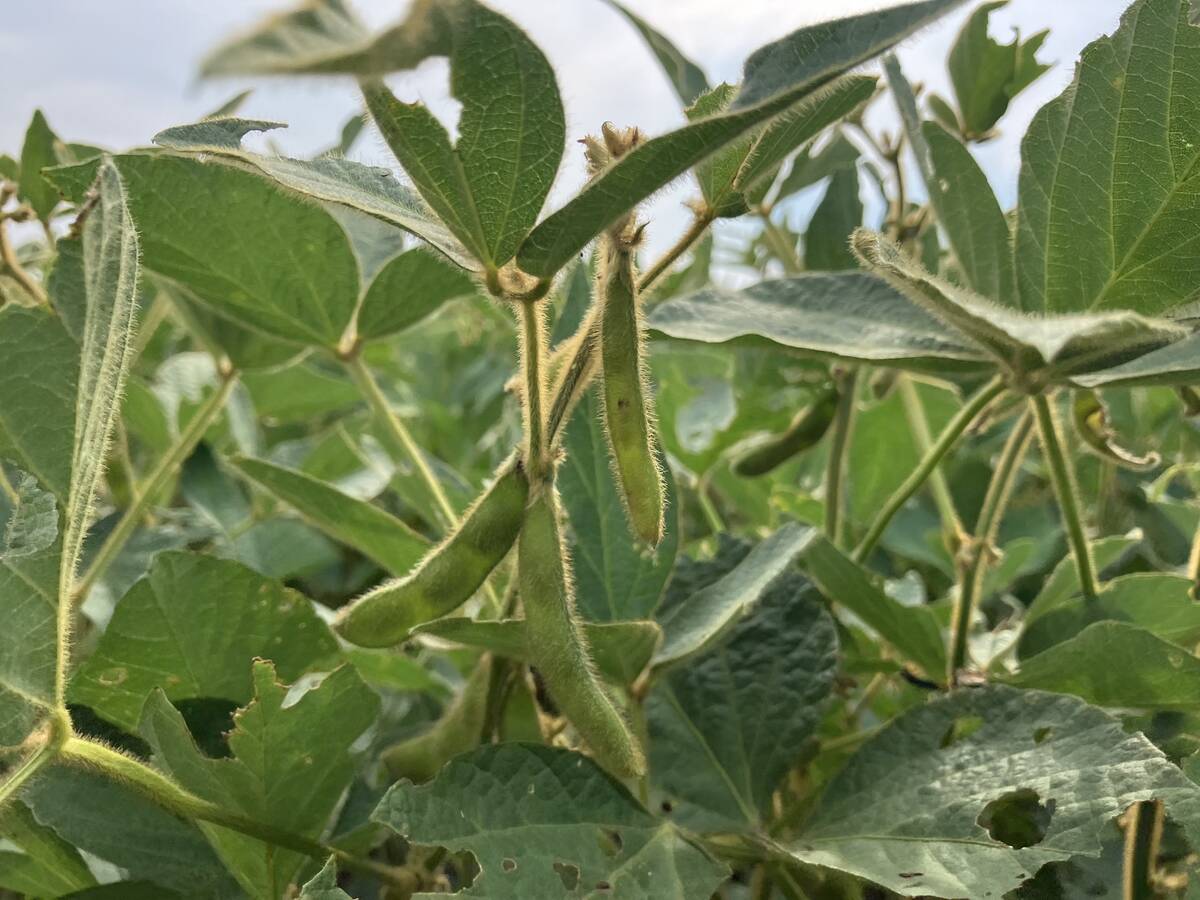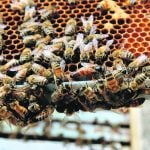Viterra will take ownership of Lethbridge Inland Terminal Feb. 28 after shareholders voted overwhelmingly to sell the terminal to Viterra.
Norman Fodness, LIT chief executive officer, said 99.8 percent of the 89.9 percent of the shareholders represented in person or proxy voted in favour of selling Jan. 17.
“Our board of directors unanimously recommended the sale, and the shareholders agreed with the transaction,” said Fodness.
“It was an excellent turnout. Obviously people agreed with the board and that’s what happened.”
A purchase agreement for the 42,000-tonne grain facility was reached with Viterra in December.
Read Also

U.S. loses out on sales of soybean to China
U.S. soybean exporters risk missing out on billions of dollars worth of sales to China this year as trade talks drag on and buyers in the top oilseed importer lock in cargoes from Brazil.
LIT is Alberta’s second largest farmer-owned grain terminal. It is located on 220 acres 20 kilometres southeast of Lethbridge near the junction of highways 4 and 845 on a main rail line to the United States. It was built in 2008 for an initial capital investment of $23 million.
Kyle Jeworski, Viterra’s chief executive officer, said while the company has facilities throughout southern Alberta, Lethbridge was a gap.
“We saw it as a hole within our network and an opportunity to fill it with a very good asset and with high quality people there.”
Fodness said Viterra’s new ownership would give farmers access to a package of services and products, which was an important consideration in recommending the sale to its shareholders.
LIT also operates a fertilizer plant on the site, which is co-owned by UFA. A decision hasn’t been finalized yet, but Fodness expects UFA to be the sole owner of the fertilizer plant.
“It’s highly likely UFA will continue on as sole owner.”
Fodness said the end of CWB’s monopoly on export wheat and durum will continue to affect the grain industry.
“Having a port terminal on salt water is extremely important,” he said.
“If you don’t have a salt water port on the west, east or north, it will be pretty difficult,” he said.
“We grow a lot of grain in Canada and not all of it can go south. It has to flow somewhere.”
Fodness predicts tough days ahead for grain movement with the combination of the bumper prairie crop and “sluggish” grain movement.
In his 40 years in the industry, it’s the first time Fodness has seen no bids at grain elevators. With the CWB there was always a bid.
“There was a price discovery mechanism, not now. There are going to be some lean times ahead.”
Jeworski said Viterra will keep all 14 employees at the facility who he said have worked hard to grow the business.
















